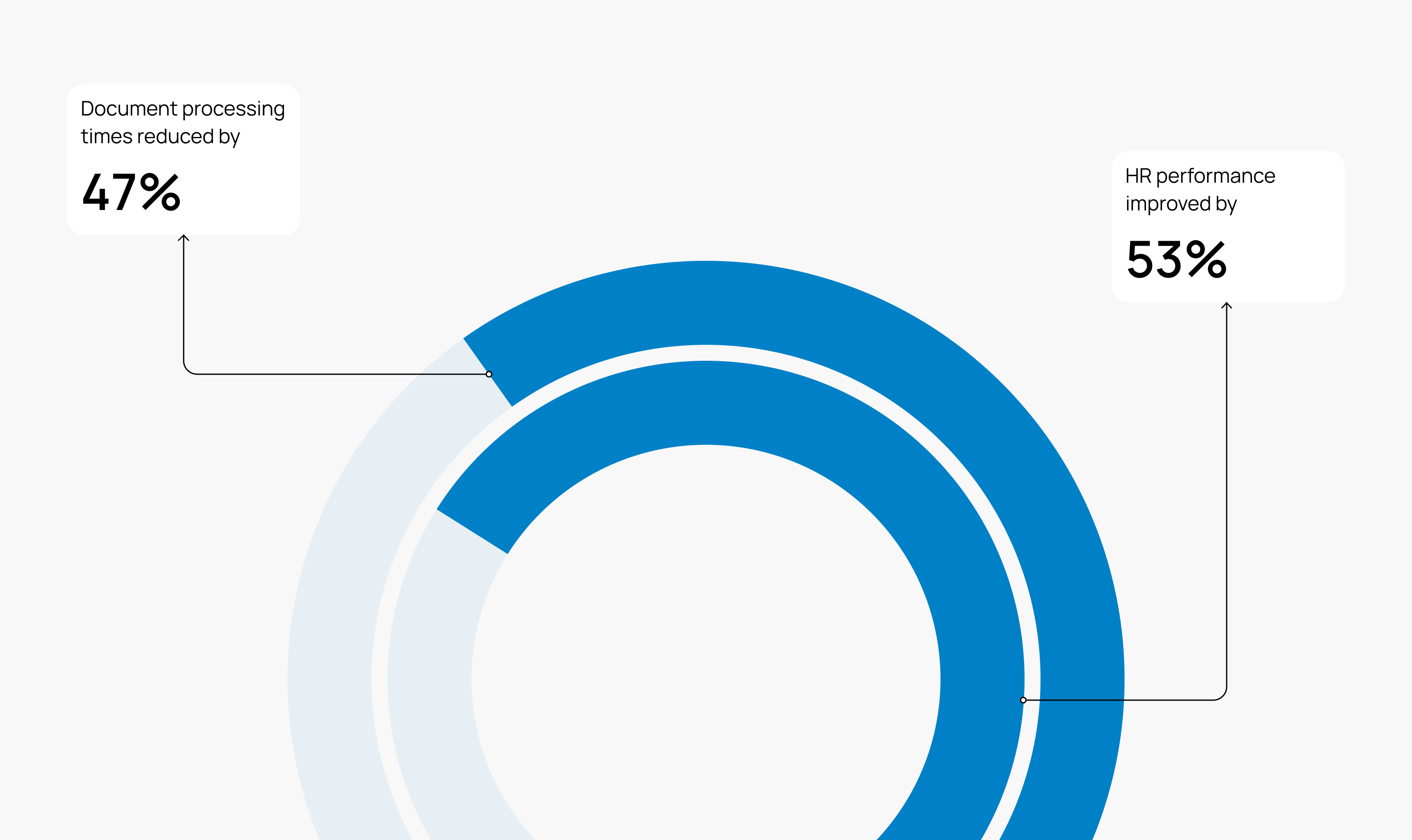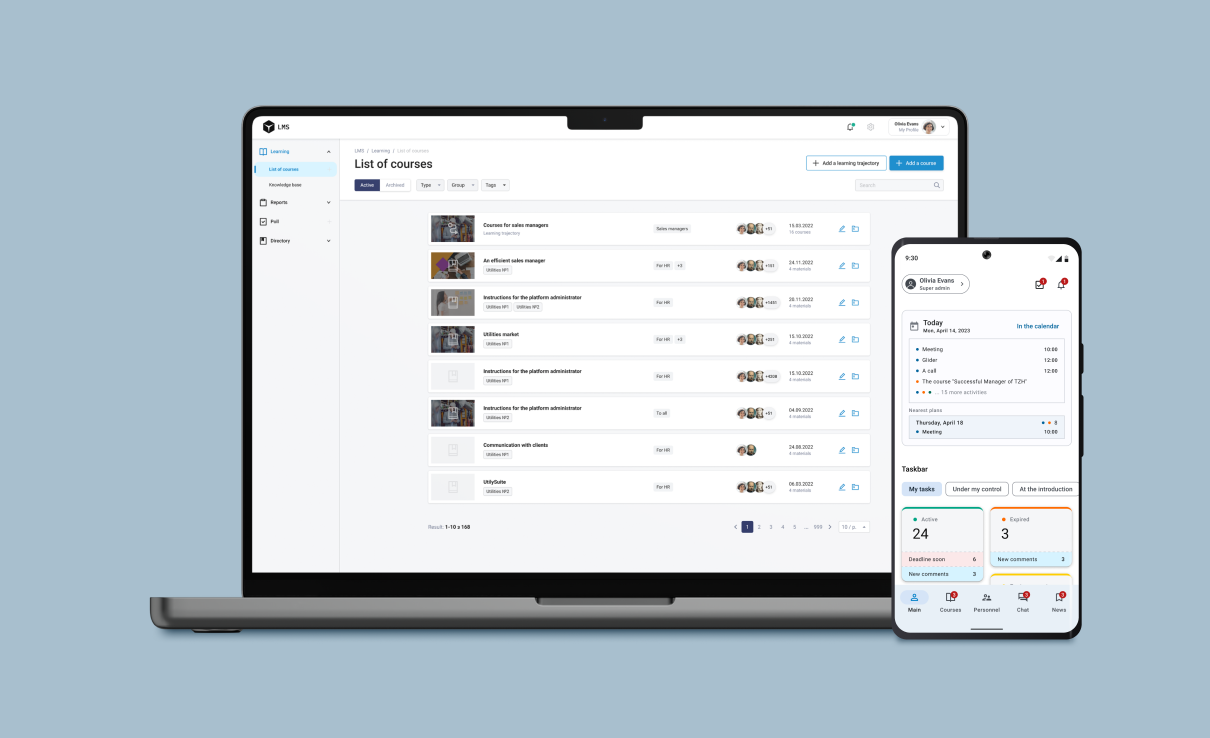Development of a custom Enterprise Resource Planning System for a company in an oil and gas sector
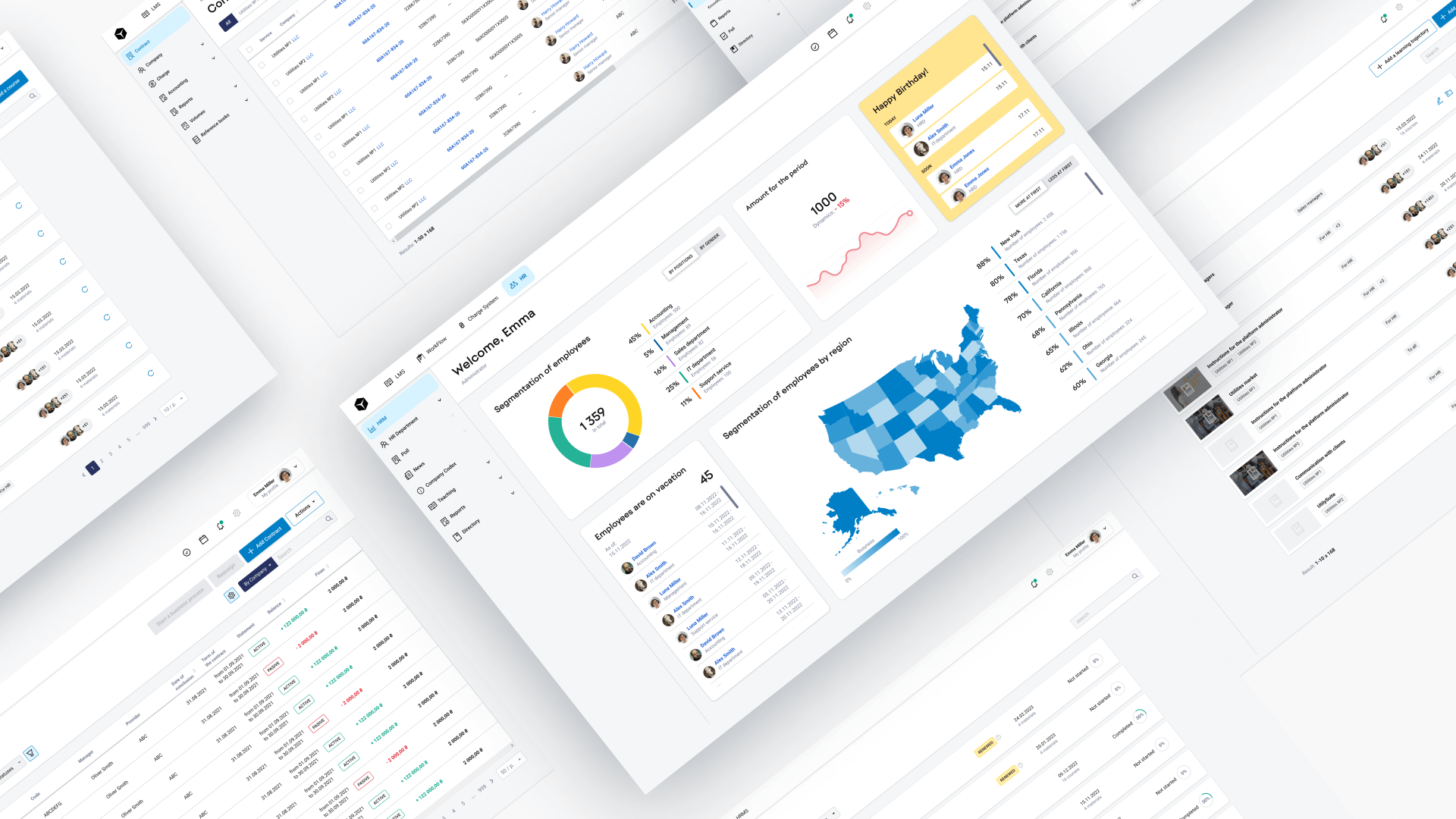
Client in the Oil & Energy Sector
We were approached by a client, a company with 17 offices operating in the oil & gas sector, that needed to receive a comprehensive solution that would simplify, cheapen, and speed up internal business processes. Due to the complexity and interconnectedness of these processes, no existing market solution could cover them fully. Moreover, synchronization between individual products was not possible for some departments. That's why the client decided to resort to custom development.
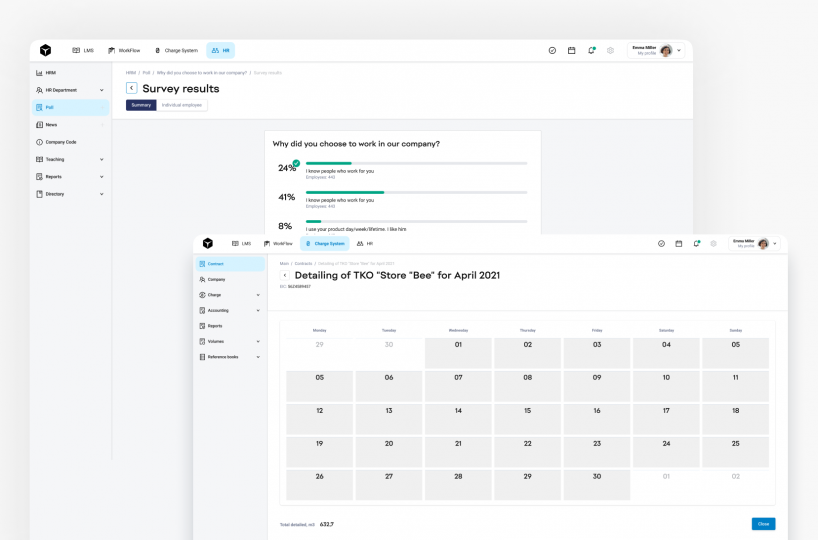
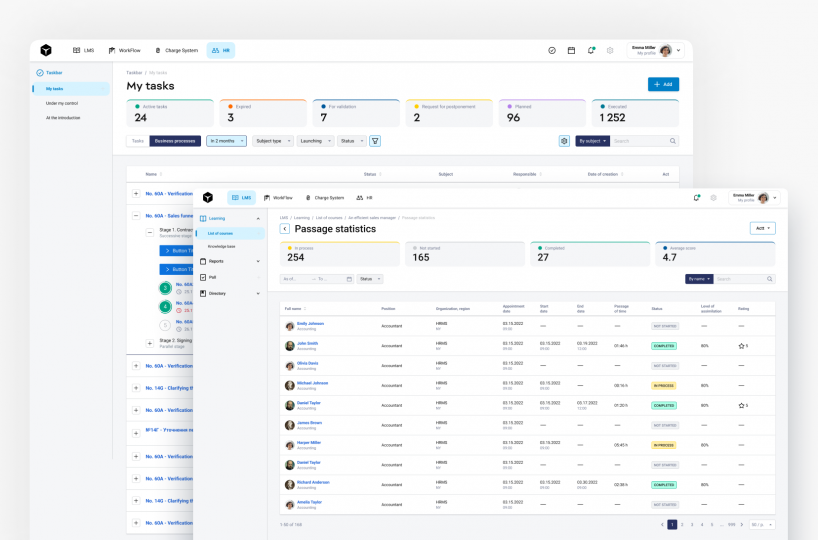
Goals and objectives of ERP implementation in oil and energy industry
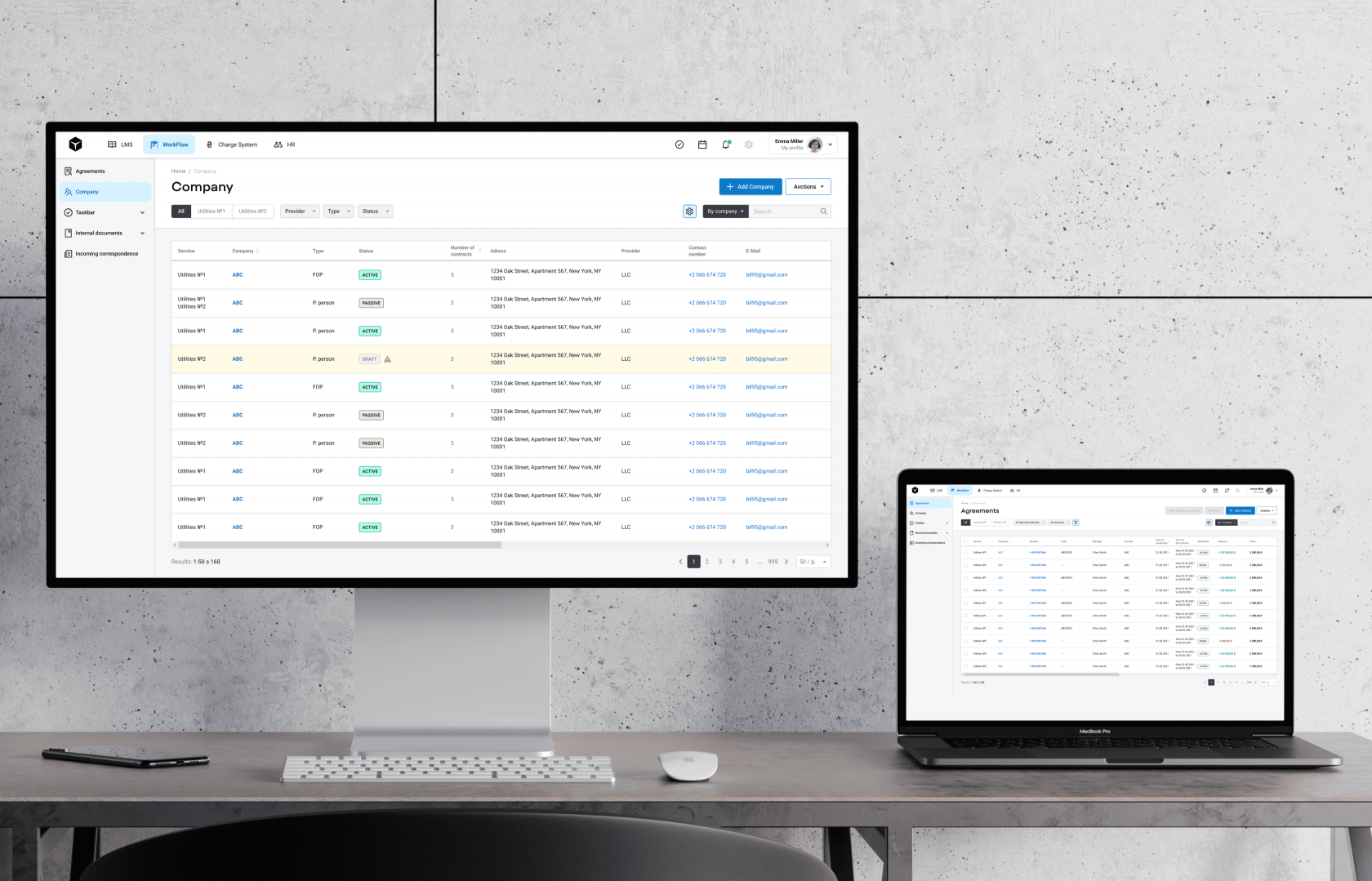
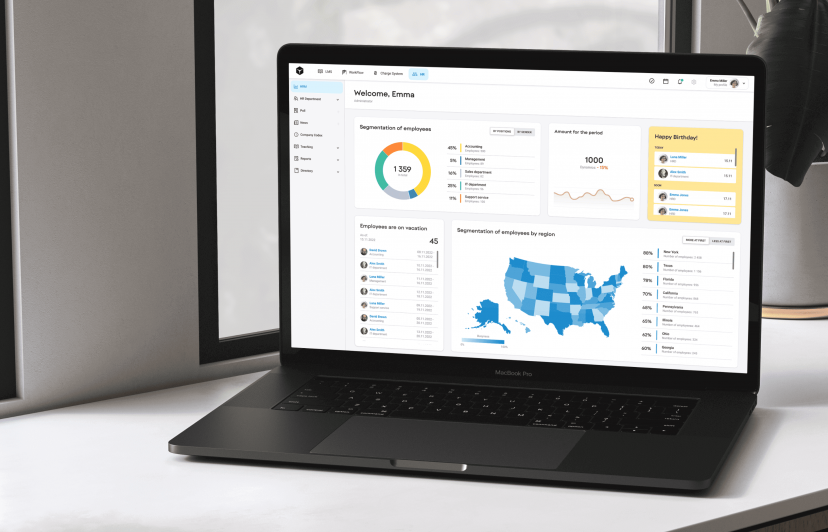

Solution of our dedicated software development team
After discussing the project details with the client and global market research, our dedicated software development team created a custom ERP system.
As for the main tech stack, we chose the following tools:
- Elasticsearch
- Redis (cache/queue)
- Java 11+
- Spring
- GraphQL
- Message broker (RabbitMQ|Nats)
- API Gateway (Spring Gateway|Appolo GraphQL Federation|Tyk)
- PostgreSQL
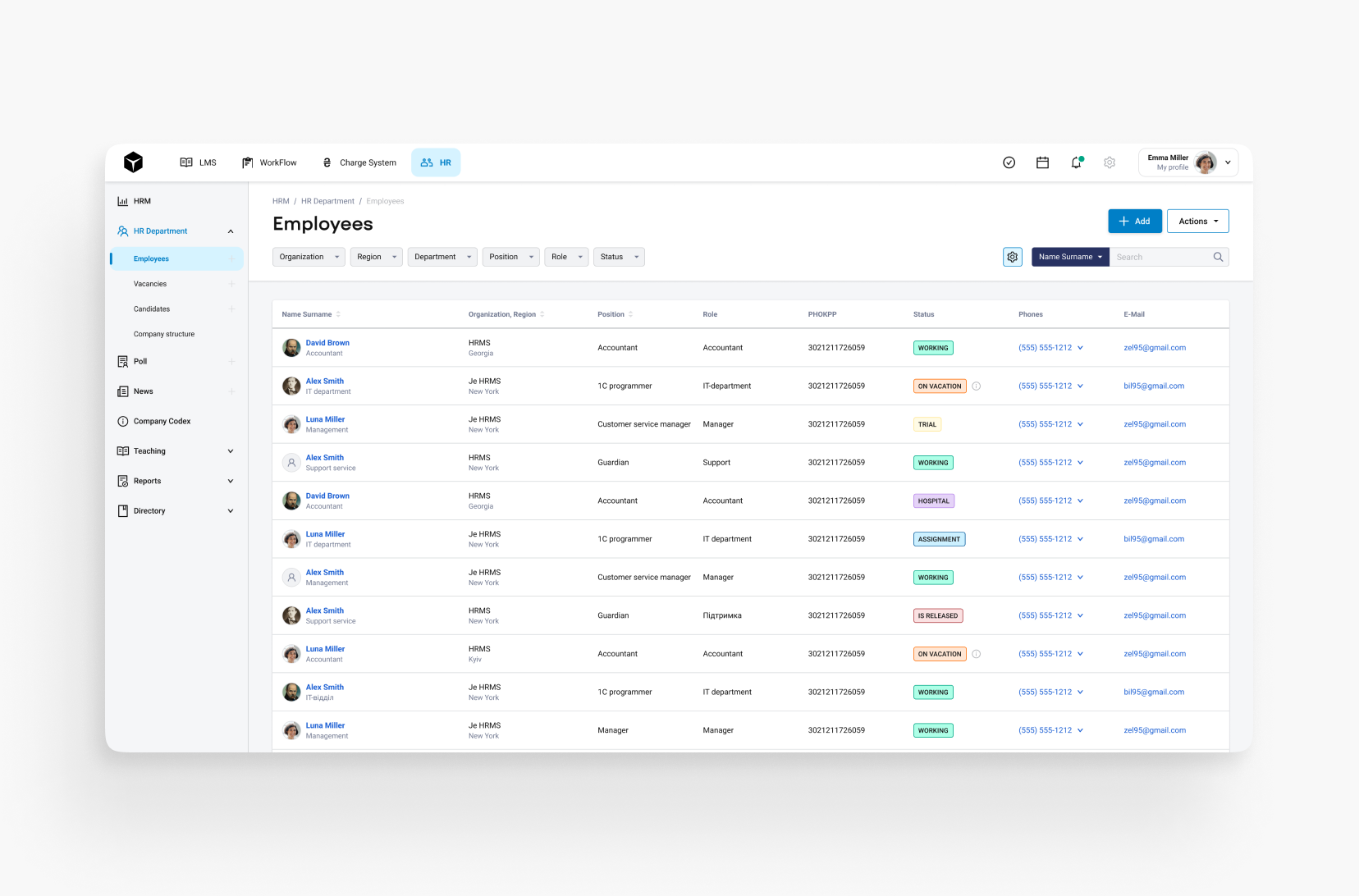
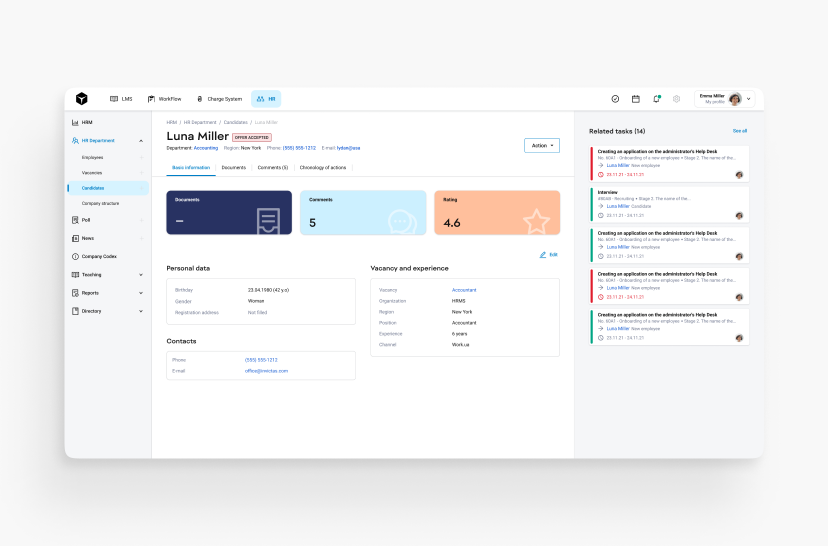
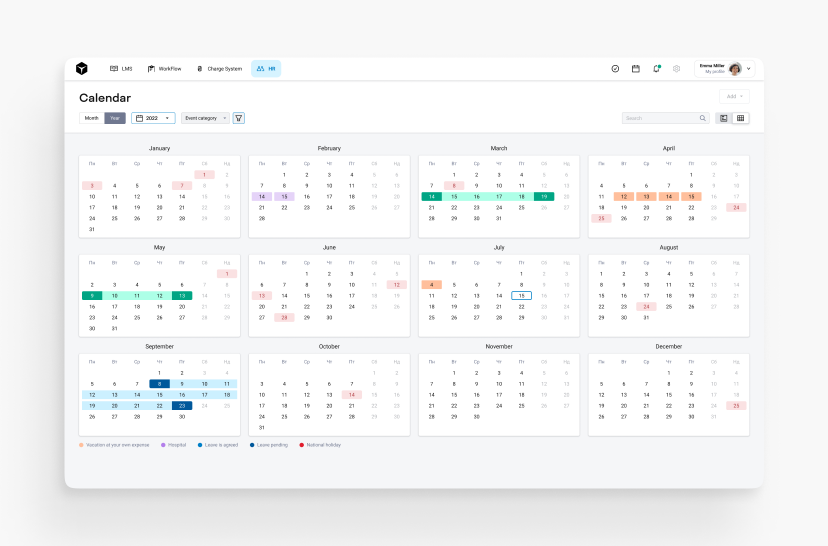
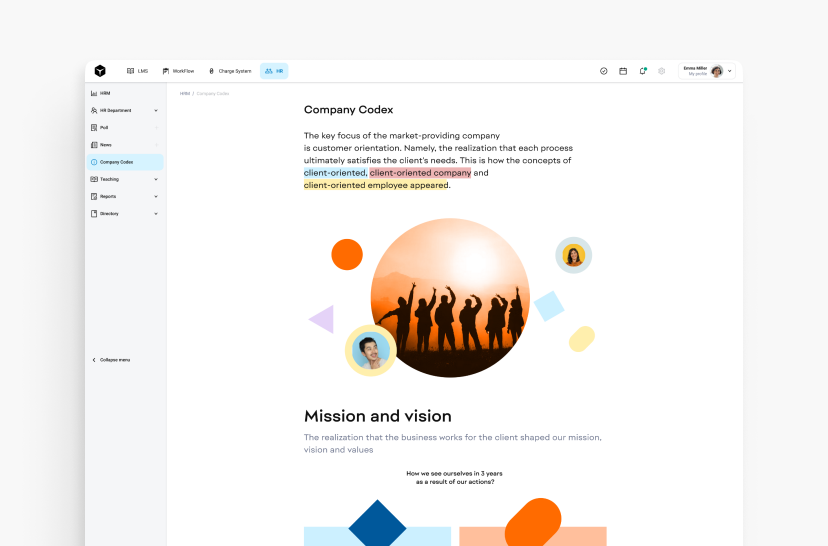
Also, for this ERP case study, we integrated through API the following services:
- Internal Revenue Service (IRS)
- DocuSign
- QuickBooks
- FedEx
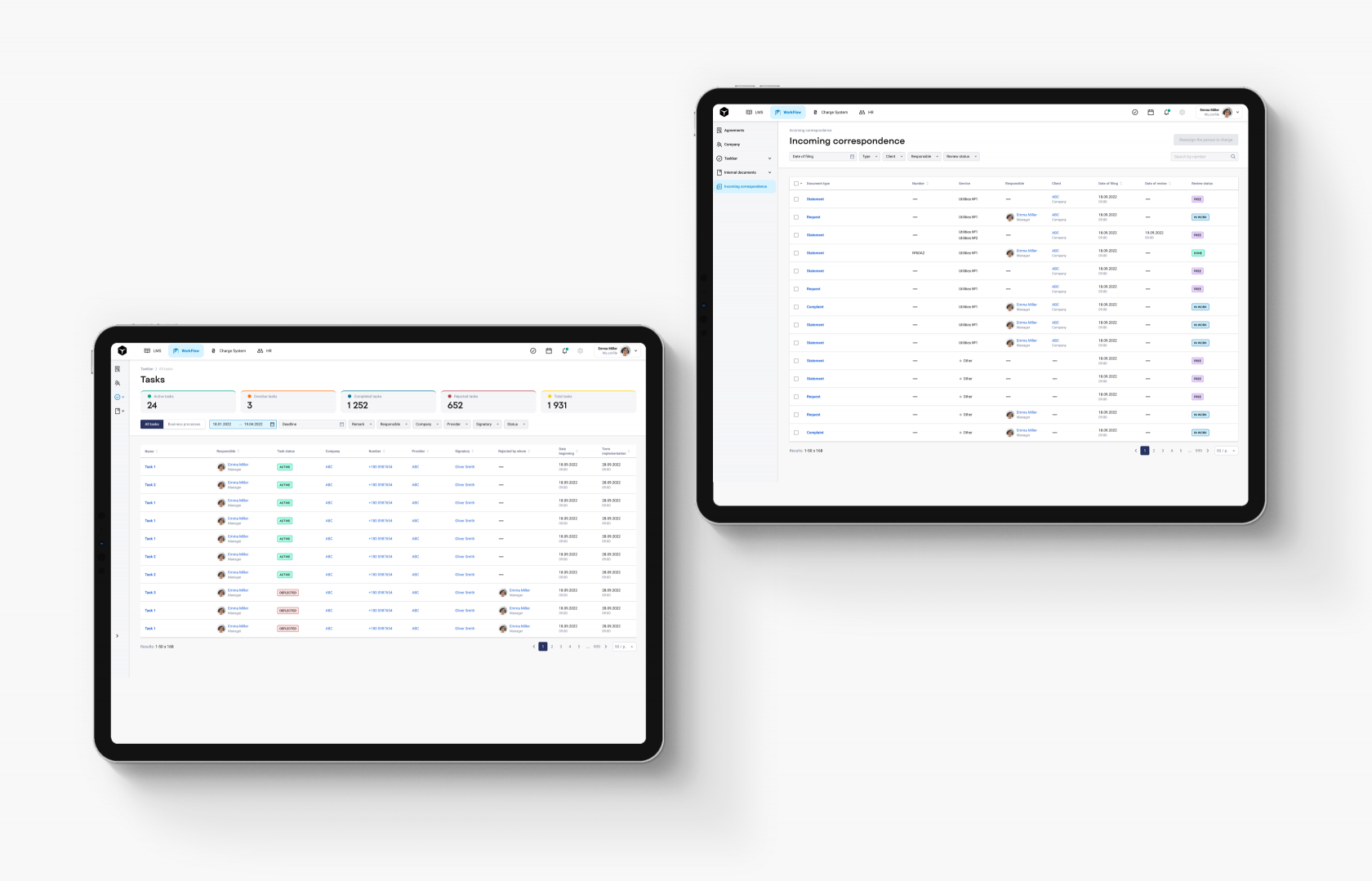
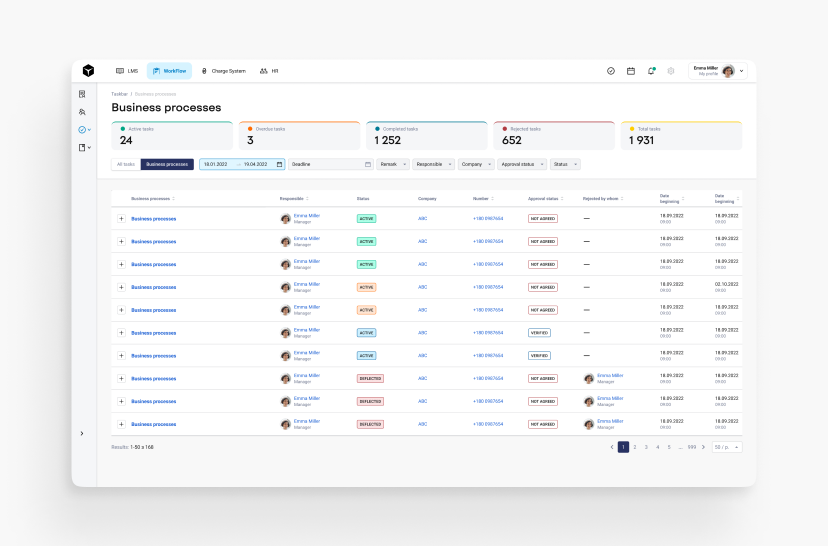
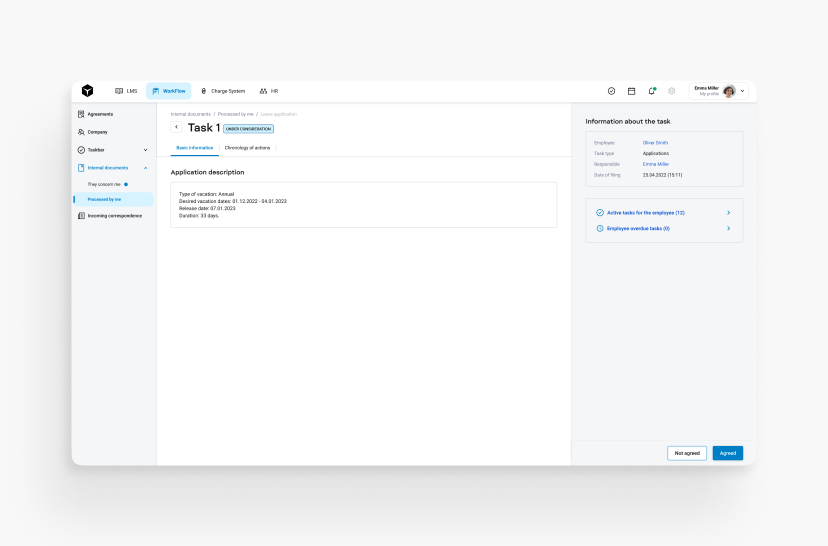
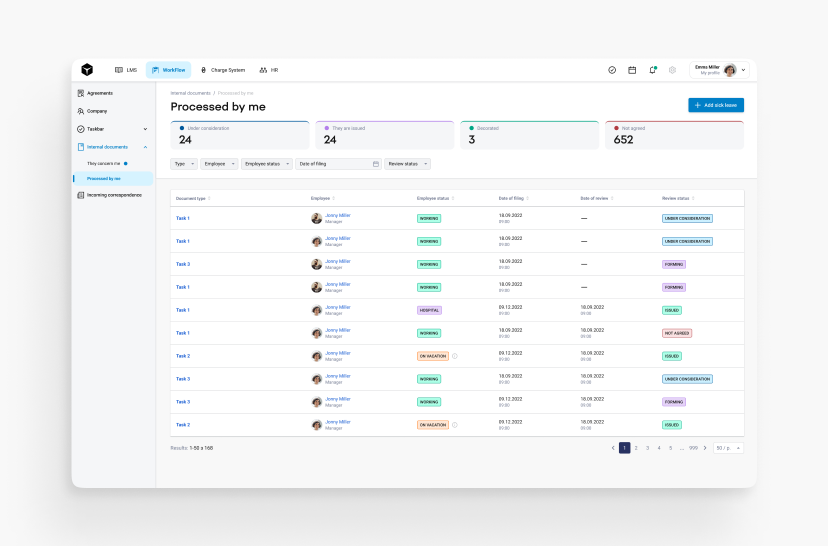
An additional client’s requirement was to ensure compliance of this solution with ISO 31001, ISO 27001, and GDPR and CCPA standards.

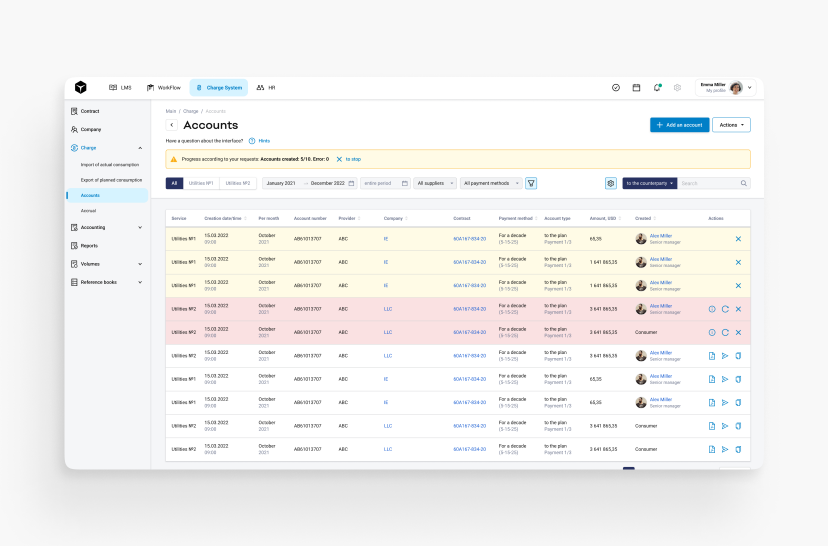
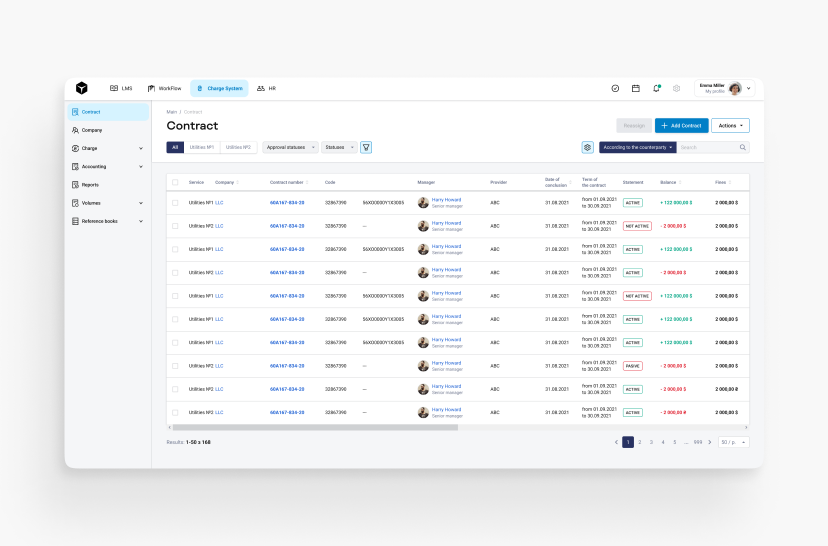
In total, for the successful ERP implementation, we have formed a team of 12 specialists for this project: Project Manager, Product Owner, UX designer, three Front-end Developers, three Back-end Developers, two QA, DevOps, the Delivery Manager, Product Portfolio Owner, and UX Designer-lead.
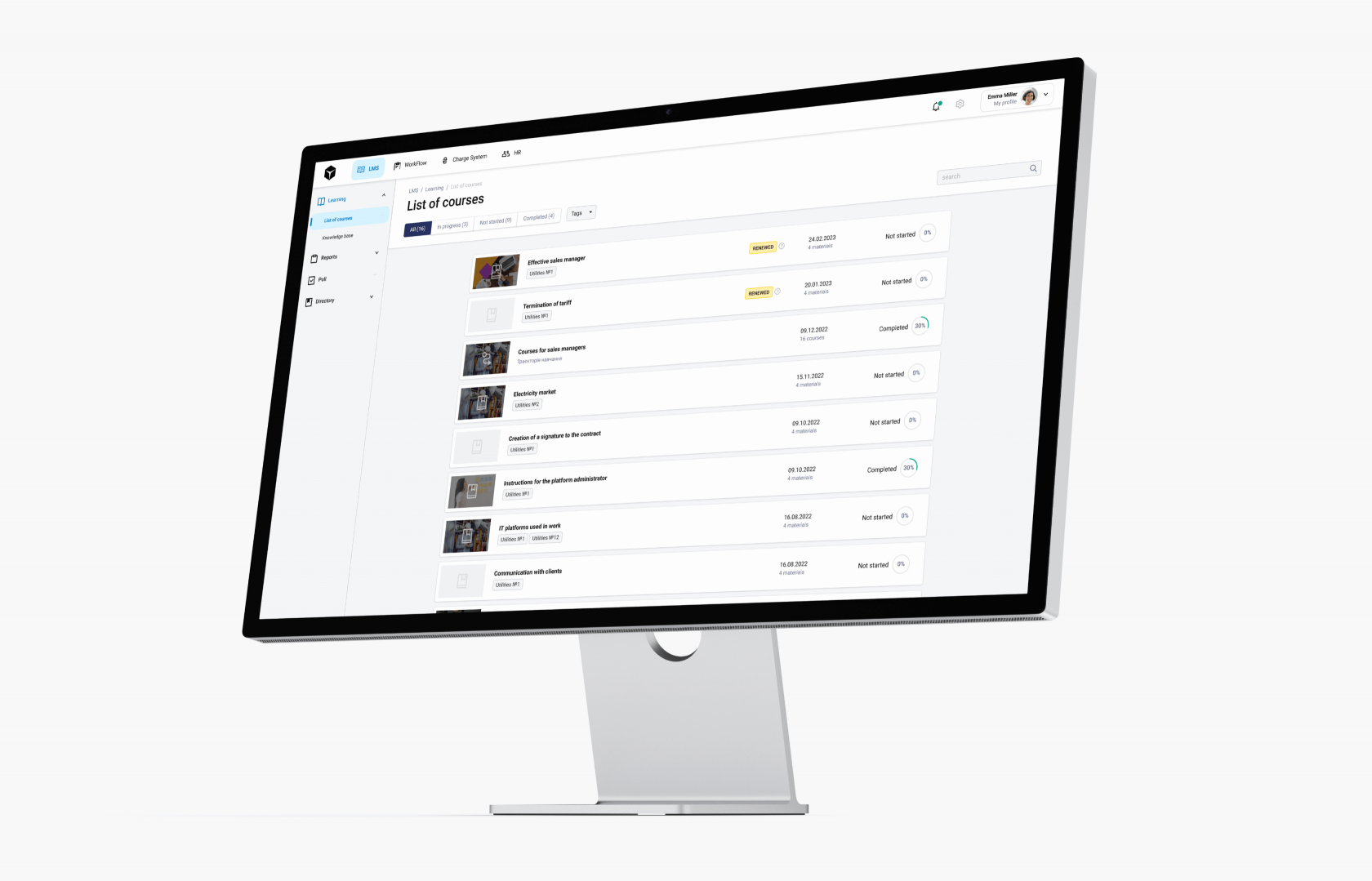
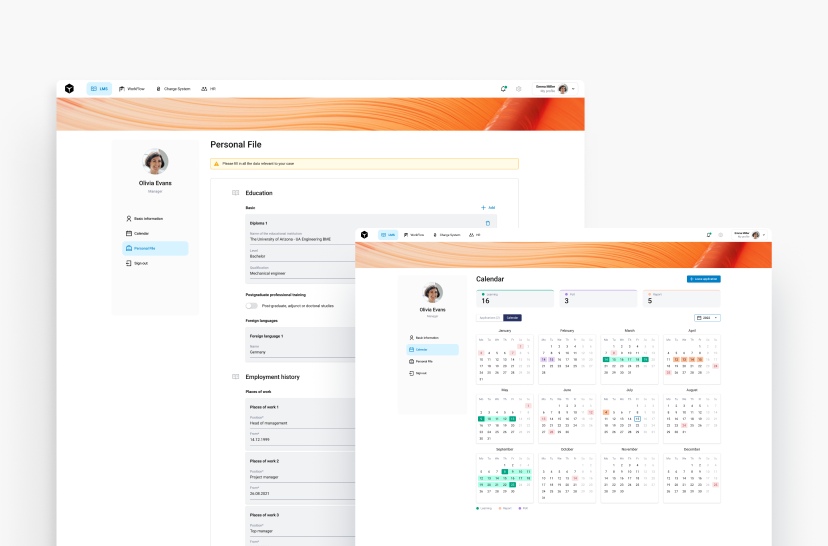
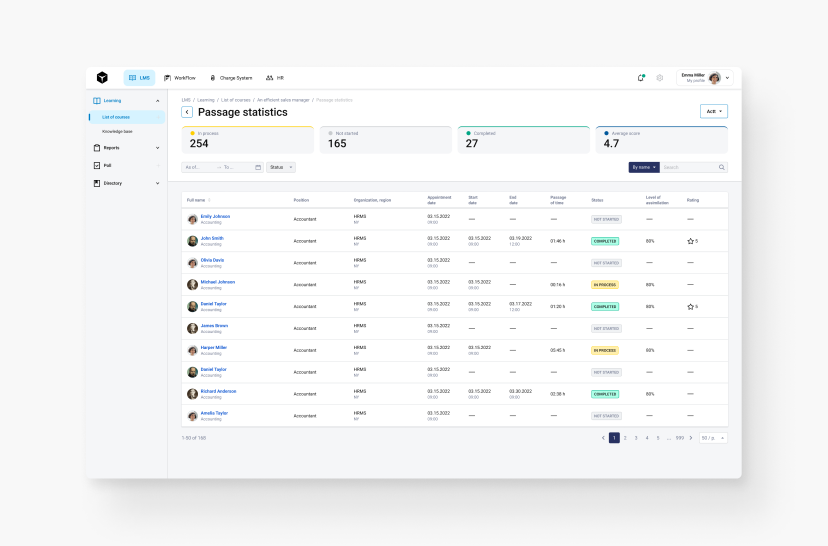
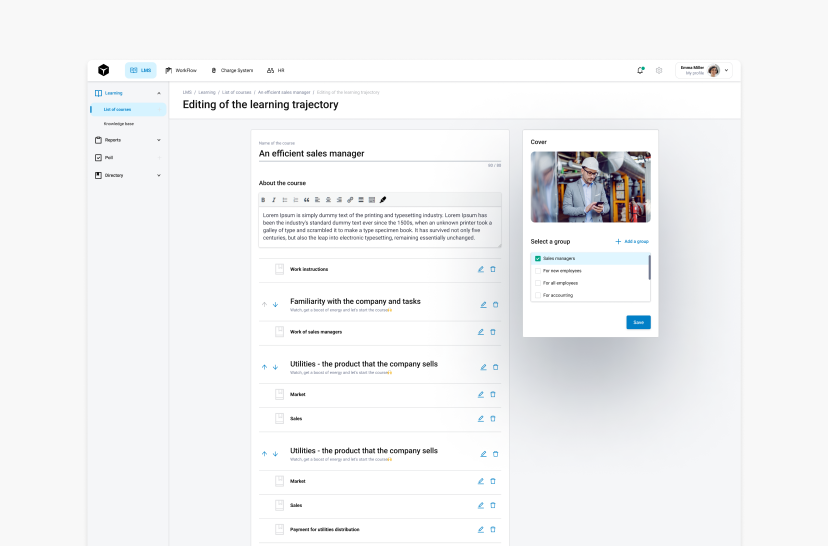
We completed the MVP in 30 sprints. Currently, the client actively uses this ERP software for oil and gas industry across all company’s departments for such tasks as employee and partner training, employee data management, working hours management, recruiting, onboarding, calculation of salaries, etc.
The implementation of the ERP system, including such modules as billing, CRM, electronic document management, HR and LMS, allowed the company to achieve significant results: 1,500 employees of the company migrated to the new platform without any problems. The analytics module identified areas of revenue loss, enabling managers to effectively address these issues.
As a result of the project, the client received the following business benefits:
